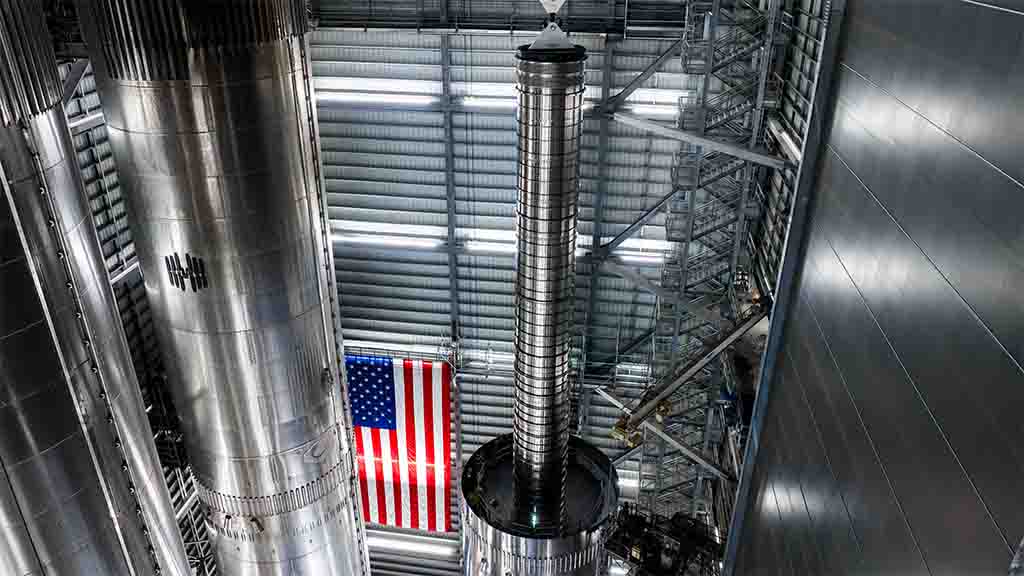SpaceX
SpaceX shares first update on next-generation Super Heavy booster

SpaceX has announced a major upgrade for the next-generation Super Heavy booster, bringing a new performance enhancement for Starship’s operational capabilities with future missions. The company is installing a redesigned fuel transfer tube into the next-gen Super Heavy booster, which plays a vital role in launch operations.
It is a dedicated component for channeling cryogenic propellants, including liquid methane and liquid oxygen, from its tanks to 33 Raptor engines. The propellants are kept at extremely low temperatures to increase their density and optimize engine performance.
The redesigned tube enhances the booster’s ability to conduct fast and reliable flip maneuvers and enables simultaneous engine startup. This milestone is completed after the first stage separates from the second stage and returns to Earth for vertical landing on tower arms.

SpaceX is installing a redesigned fuel transfer tube for the next-generation Super Heavy booster
This will improve the fuel transfer system to support the precise control needed to safely complete this maneuver, an important factor in achieving full reusability of the booster stage, including propellant efficiency.
SpaceX confirmed that the tube is almost the same size as Falcon 9’s first stage. Despite identical size, the tube will serve the purpose for the Starship rocket.
The current generation Super Heavy is 71 meters tall, 9 meters wide, and has 3,400 tons of propellant capacity. After igniting its 33 Raptor engines, the vehicle generates 7,590 tf of thrust to take off from the launch mount with the upper stage.
SpaceX has planned to increase the height and the power of the next-generation Super Heavy booster and make it a 72.3-meter-tall booster, while increasing the propellant capacity to 3650 tons and taking the thrust to 8240 tf. This booster could be employed by the end of 2025 or early 2026 if delayed. Read more about the future Starship development roadmap here.
(source)












